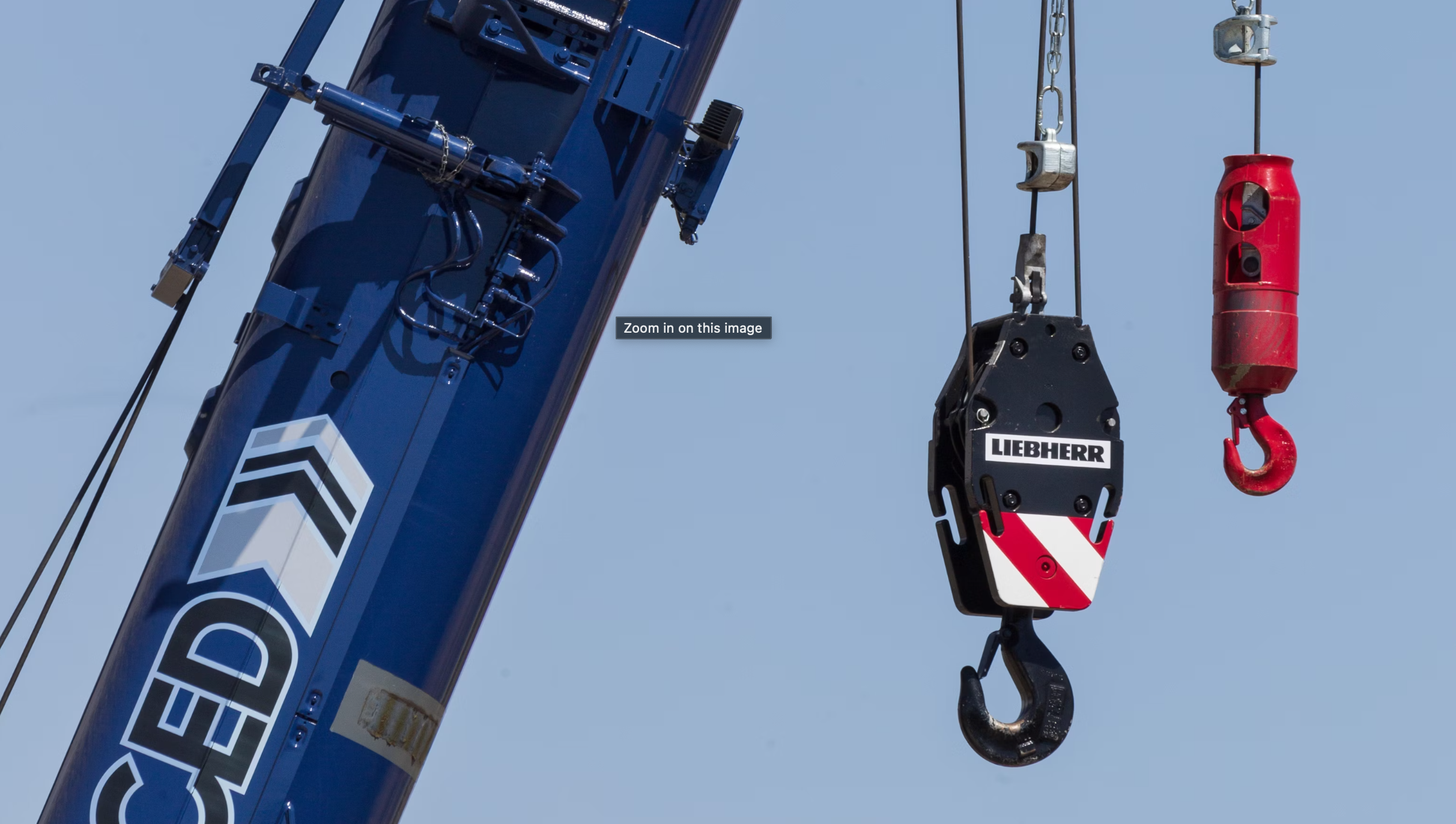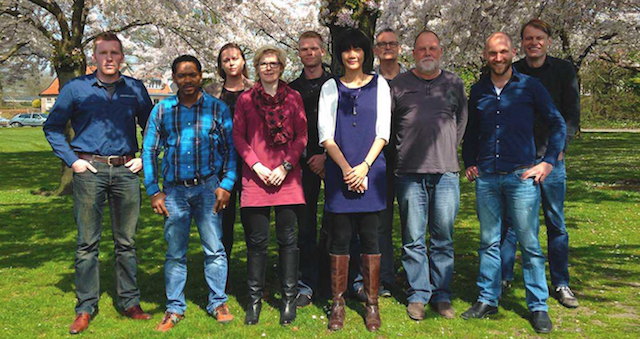For industries defined by innovation and complexity, including software development, renewable energy, advanced manufacturing, biotechnology, healthcare technology, e-learning, and logistics, your technical documentation isn’t merely an instruction guide. It’s a critical asset, the essential bridge between your sophisticated innovations and the people who use, maintain, and rely on them globally.
However, achieving consistent, unambiguous information across diverse teams and international markets presents a significant challenge. When documentation lacks clarity, organisations can inadvertently face:
- Increased support demands, diverting valuable resources.
- User errors, leading to frustration, costly rework, or even safety implications.
- Extended and expensive translation cycles due to convoluted source material.
- Delays in market entry, as documentation struggles to keep pace with product development.
- Compliance hurdles in highly regulated industries, stemming from imprecise instructions.
- Undermined brand reputation, when sophisticated products are accompanied by confusing guides.
This isn’t just about grammatical precision. It’s about operational efficiency, global market access, and proactively managing business risks.
The Problem: When Precision is Paramount, but Language Isn’t Always Clear
Consider the engineer troubleshooting complex industrial equipment, the clinician relying on a medical device manual, or the developer integrating a new software solution. Their success hinges on absolute clarity. Yet, traditional technical writing often struggles with:
- Unnecessary jargon and colloquialisms.
- Inconsistent terminology and phrasing.
- Overly complex sentence structures.
- Subtle cultural nuances that don’t translate universally.
This is precisely where Simplified Technical English (STE) transcends a mere writing guideline and transforms into a strategic enabler.
STE: Your Pathway to Unambiguous Communication and Strategic Advantage
Developed initially for the aerospace industry, STE is a controlled language that employs a restricted vocabulary, simplified grammar, and consistent phrasing. It’s not about oversimplifying content. It’s about eliminating ambiguity to ensure every reader, regardless of their linguistic background, grasps the exact intended meaning – the first time.
For businesses operating in highly technical and global environments, adopting STE offers a tangible competitive edge:
- Enhanced User Experience: Making your complex products genuinely accessible and user-friendly.
- Streamlined Global Operations: Significantly reducing translation costs and accelerating international deployment.
- Improved Safety and Compliance: Minimising misinterpretation in critical instructions.
- Operational Efficiency: Reducing errors, rework, and support burdens across your organisation.
The Human Element: Why AI Isn’t the Full Answer for Technical Communication
In an era increasingly shaped by Artificial Intelligence, the question often arises: “Will AI replace technical writers?” At Shufrans TechDocs, our perspective is clear: AI is a powerful assistant, not a replacement for the human technical writer.
While AI excels at pattern recognition, rapid text generation, and adherence to rules (like STE guidelines), it profoundly lacks the critical human attributes essential for truly effective technical documentation:
- Nuance and Empathy: AI can’t fully grasp the subtle context, unstated assumptions, or the emotional state of a user navigating a complex task. Human writers apply empathy to anticipate user needs and craft clear pathways to understanding.
- Critical Thinking & Problem-Solving: AI generates text based on existing data. It doesn’t strategically identify core information gaps, troubleshoot complex user scenarios, or innovate new ways to present information. That requires human ingenuity.
- Subject Matter Expert (SME) Interaction: Extracting complex, often tacit, knowledge from engineers, developers, and scientists demands sophisticated interpersonal skills, active listening, and the ability to ask the right questions – tasks far beyond current AI capabilities.
- Ethical Judgment & Responsibility: Especially in regulated sectors, the responsibility for accuracy, safety, and compliance rests with humans, who must exercise ethical judgment, not simply generate text.
STE provides a robust framework, and AI can certainly assist in checking compliance or generating initial drafts. However, it is the human technical writer who applies strategic oversight, translates complex ideas into accessible language, and ultimately ensures the documentation genuinely serves its purpose and its audience. Our services are designed to empower and elevate these indispensable human skills.
Where STE Becomes Indispensable – A Sector Focus
At Shufrans TechDocs, we understand the unique documentation challenges within your industry. We partner with organisations like yours to help master STE:
- In Software Development: Imagine documentation that genuinely empowers users and reduces your support burden, driving adoption and satisfaction for intricate software solutions.
- In Renewable Energy & Sustainability: Flawless operational and maintenance manuals are critical for safety, efficiency, and the reliable functioning of complex infrastructure worldwide.
- In Heavy Machinery & Industrial Equipment: Precision in assembly, maintenance, and safety manuals directly impacts uptime, worker safety, and regulatory adherence for your sophisticated equipment.
- In Biotechnology & Pharmaceuticals: In an industry where accuracy can save lives, STE ensures research protocols, manufacturing guides, and clinical trial documentation are unequivocally clear.
- In Healthcare Technology & Medical Devices: The clarity of instructions for life-saving devices and diagnostic tools is paramount for both user efficacy and regulatory scrutiny.
- In E-learning & Corporate Training Solutions: Consistent and globally comprehensible learning materials accelerate knowledge transfer and improve educational outcomes across diverse audiences.
- In Logistics & Supply Chain Management Technology: Clear documentation for complex technology solutions ensures seamless operations, reducing costly errors and delays in global supply chains.
Our Partnership: Equipping You for Documentation Excellence
Shufrans TechDocs provides the expertise to seamlessly integrate STE into your organisation’s content ecosystem:
- STE Training: We equip your technical writers and content creators with the principles and practical application of STE, building sustainable in-house capability. This allows your human talent to focus on critical thinking and content strategy.
- STE Proofreading & Editing: Our specialists meticulously review your existing documentation, refining it to meet stringent STE standards and eradicate ambiguity, ensuring legacy content is future-proofed.
- STE Technical Writing Services: For new projects or when internal resources are stretched, our experienced writers craft precise, compliant, and user-friendly documentation directly in STE, leveraging their unique human understanding.
Don’t let unclear technical documentation be an overlooked obstacle. Invest in clarity, precision, and global understanding, empowered by human expertise and strategic frameworks like STE.
Ready to explore how human expertise and strategic frameworks like STE can elevate your technical communication? Connect with Shufrans TechDocs today.





 View our training calendar
View our training calendar



 A €210 fee discount is applicable when you also sign up for
A €210 fee discount is applicable when you also sign up for  Certified STE Masterclass | Europe Online
Certified STE Masterclass | Europe Online